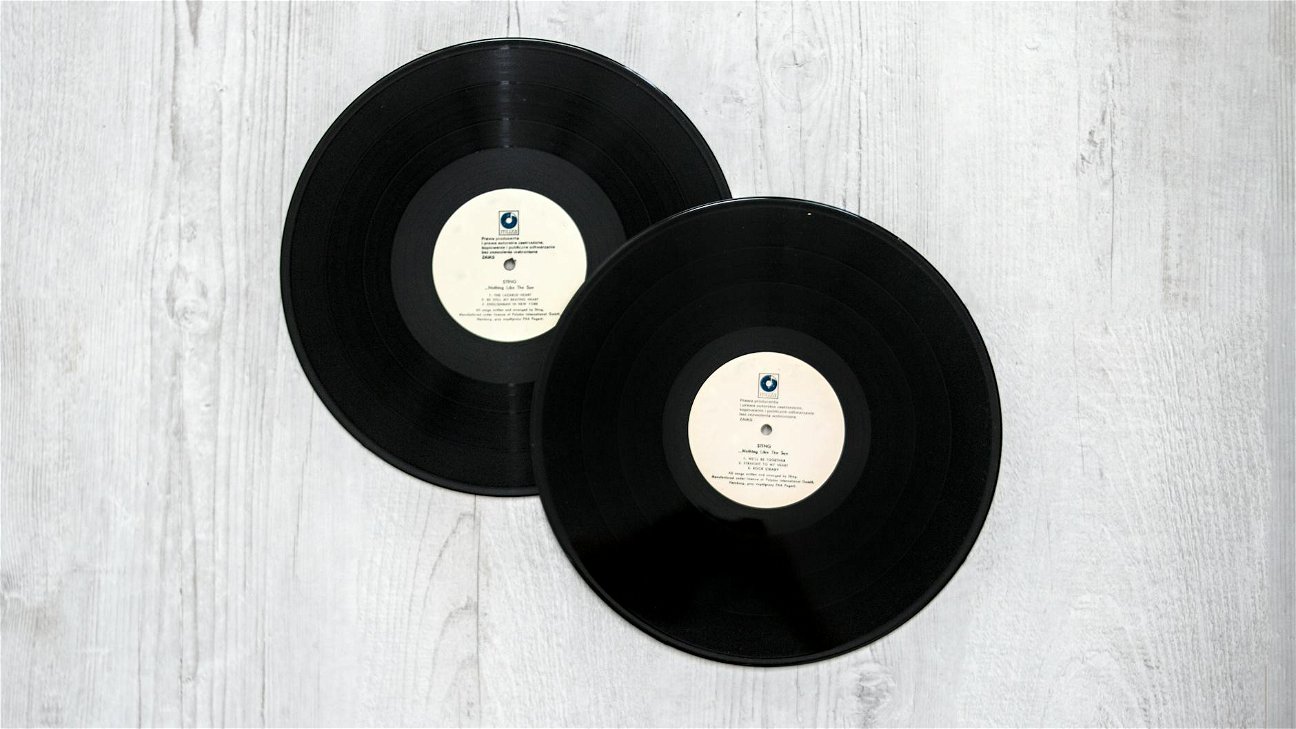
Learning to play the guitar is a journey of discovery. It involves mastering the art of strumming and understanding the rhythm that comes with every groove. This article will take you through the essentials of creating guitar grooves, focusing on mastering basic chords and strumming. Get ready to rock your guitar skills with this step-by-step guide.
Understanding Guitar Grooves
The word 'groove' in music generally means the rhythmic feel of a song. In the context of guitar playing, a groove is a repeated rhythmic pattern or chord progression that creates the backbone of a song. Mastering guitar grooves can add depth and richness to your guitar playing.
Basic Guitar Chords: The Foundation of Groovy Playing
Guitar chords are the building blocks of guitar music. They are combinations of at least two musical notes that are played simultaneously. Here are some basic guitar chords that every beginner must know:
- The A chord
- The E chord
- The D chord
- The C chord
- The G chord
Practicing these chords regularly will help you switch between chords smoothly and play songs more effortlessly.
Strumming Patterns: Adding Rhythm to Your Chords
Strumming patterns refer to the order and timing in which you hit the strings on your guitar. They are crucial for adding rhythm and diversity to your music. Here are some basic guitar strumming patterns you can start practicing:
Remember, strumming is not about hitting all the strings all the time. It's about knowing which strings to hit for each chord and doing it in rhythm.
Tips for Mastering Guitar Grooves
-
Practice Regularly: Consistency is key in mastering any instrument. Make sure you practice daily and gradually increase the duration of your practice sessions.
-
Listen to Music Actively: Pay attention to the guitar parts in songs. Try to identify the chords and the strumming patterns used. This will help you improve your ear for music.
-
Play Along with Songs: Once you've learned a few chords and strumming patterns, try playing along with some simple songs. This can help you improve your timing and rhythm.
-
Use a Metronome: A metronome is a device that keeps a steady beat. It can help you maintain a consistent rhythm while playing.
-
Take it Slow: Don't rush your learning process. Start slow, master the basics, and gradually move on to more complex chords and strumming patterns.
Remember, the journey to mastering guitar grooves is a marathon, not a sprint. Take your time, practice regularly, and enjoy the process.











